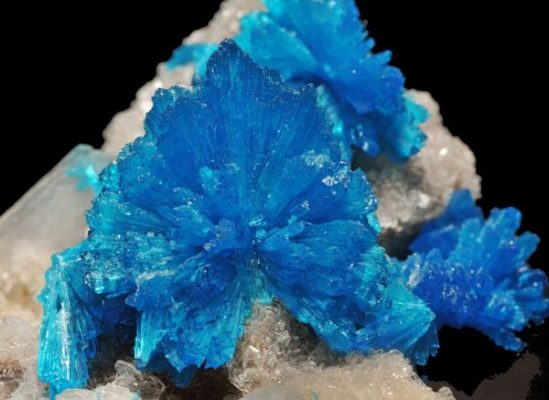Threats to Gemstone Mining in Zimbabwe

The Precious Stones Trade Act defines all rough gemstones as semi-precious except for rough emeralds and rough diamonds. There is potential in the production of coloured gemstones, its beneficiation and market demand.
By Maison Phiri, BSc Geology*MBA*GG, GD, CSTG
Amongst the coloured gemstones found in Zimbabwe, there is amethyst, citrine, aquamarine, tourmalines, chrysoberyl, euclase, apatite, ruby corundum, agates, fluorite, diopside, apatite, alexandrite, quartz, emerald and red garnets.
Coloured gemstones are dominantly mined by small scale artisanal miners who sell their produce as rough uncut stones, hence there is minimal cutting and polishing of coloured gemstones, let alone jewellery making. Local demand for coloured gemstone fine jewellery is extremely low because of the general disposable income levels, beliefs, awareness and cheap substitutes.
Gemstone mining is therefore threatened by the following factors;
Land tenure
Gemstone mining in Zimbabwe is almost 100% ASM (citizen mining), these are usually financed through their home earnings to run operations.
To this end there is no advancement in legal acquisition of the land they work on and most of them do not have proper mining claims. This adversely impacts on the seriousness of the operation, marketing of their produce and ultimately the environment rehabilitation issues.
Government Policy
It is noble to implement protective policies, but trade is trade and our policies in the gemstone value chain have to adapt to the demands in trade.
The suspicion is that, the government policies are too rigid on Gemstone mining and the subsequent value chain activities to the extent that they are the responsible factor in smuggling activities of the National gemstones.
It appears that we have pushed our own indigenous miners up against the wall with our current policies and so they fall prey to dealers and smugglers on a short-changed price.
Tanzania and Kenya have adopted the permit system to empower their own miners hence, policymakers should look into the issue of permits for our ASMs so that they are not deterred from joining the formal channels of the gemstone business.
There is a lot of bureaucracy in the administration of documents and change of policy. It is the duty of all Zimbabweans to do their part. The government should create a one-stop-shop for gemstone business paperwork and it should involve departments such as the MMMD, ZIMRA, RBZ, MMCZ and EMA.
Financing
The banking system has not been supportive to gemstone mining since most of these ASMs have no collateral and
they have no knowledge of gemstones or their potential value in our banking systems.
To this date, our banks are not taking minerals as bankable collateral or investment, but we have diamond, Gold and platinum. In India, one can walk in and exchange money for gold through their banks and they can keep their gold in that bank. Therefore, our banks require redress in the financing approach of gemstone mining.
Another avenue is to have our government vouching for all ASMs in the event that they may default in servicing loans. This is being done by the AfDB in most African Countries.
Social and environment issues
All activities should have minimal impact on society and the environment, this should be done to protect the
heritage of our future generation. However, and current gemstone mining has left a trail of pits, littering, and
erosion, siltation, and deforestation and biodiversity disturbances. The world has gone solid on green issues and
Humanitarian issues, Zimbabwe does not operate in isolation and so we have to be part of these world efforts.
This has been a serious issue in diamond mining and hence the advent of the KPCS, unfortunately, or fortunately, there is no “KPCS” as yet for coloured gemstones. Nevertheless, consumers are now requesting for the complete details of their jewellery including questions like where was the stone mined? Was it mined responsibly?
These are tell-tale signs that something is coming hence we should try and regularise on clean coloured gemstones.
Responsible mining ensures better marketing strategies of our gemstones, hence there is an urgent need of the
establishment of a responsible gemstones board that comprises of the government, industrial representatives along with the value chain and Civil Society organisations.
The development of markets
It’s been 39 Years since Zimbabwe has attained its independence and the nation has no gemstone fair, no gemstone market place, or a recognised entity that facilitates a meeting point to transact in gemstones. The private business community and the MMCZ should take note of the fact that there is need to hold a gemstone fair, agriculture has ZAS and therefore coloured Gemstones should have their own. This brings interest from investors abroad, creating a friendly environment in the formalisation of small scale gemstone mining.
Going forward, the nation should have time-framed goals on the following:


